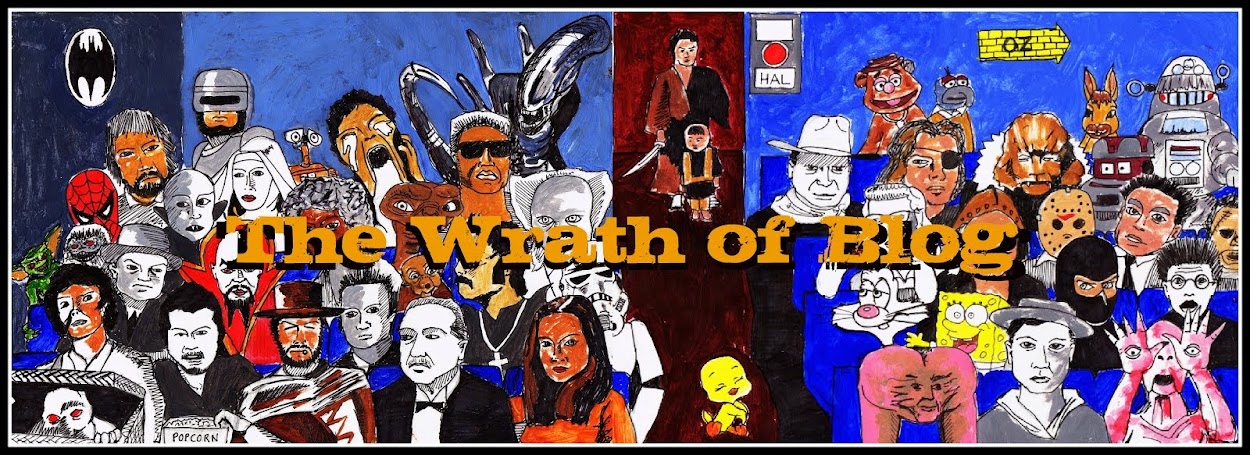 In the near-future, Earth is slowly succumbing to famine due to crop blight. History is being re-written in schools to drive home the importance of saving the planet, and ex-NASA pilot Cooper (Matthew McConaughey) is one of many given the responsibility of growing a successful crop. When a mysterious force sends binary messages to him through a bookcase in the bedroom of his daughter Murph (Mackenzie Foy), Cooper arrives at a secret NASA base, where Professor John Brand (Michael Caine) is planning to send a willing crew of astronauts through a wormhole in space to search for a new home for humanity. Their previous mission has uncovered three potential planets, but the astronauts have not been heard from since.
In the near-future, Earth is slowly succumbing to famine due to crop blight. History is being re-written in schools to drive home the importance of saving the planet, and ex-NASA pilot Cooper (Matthew McConaughey) is one of many given the responsibility of growing a successful crop. When a mysterious force sends binary messages to him through a bookcase in the bedroom of his daughter Murph (Mackenzie Foy), Cooper arrives at a secret NASA base, where Professor John Brand (Michael Caine) is planning to send a willing crew of astronauts through a wormhole in space to search for a new home for humanity. Their previous mission has uncovered three potential planets, but the astronauts have not been heard from since.Cooper, leaving his devastated young daughter behind, and a small crew (consisting of Anne Hathaway, Wes Bentley, David Gyasi and a humorous robot) set off on the mission, while Brand stays on Earth to work out the formula that will solve the problem of transporting every man, woman and child on Earth millions of light years through space. One of the planets is so close to a black hole that it causes gravitational time dilation, meaning that every hour spent on its surface is seven years of time back home. After a disastrous mission, Coop finds that his children have aged 23 years (and becoming Jessica Chastain and Casey Affleck in the process), and Murph is now working for Professor Brand.
While this is a lot of plot to take in, and it really isn't the half of it, the Nolans' skill at storytelling and narrative mean that you feel that, no matter how insane the proceedings get, things are going to add up in the end. When the film often threatens to get muddled with heavy explanatory dialogue that doesn't really help and trying to help us understand the workings of black holes, gravity and space travel, Nolan ensures that he doesn't lose his focus. The big idea is that we are not meant to stay here. We are destined to leave, explore and discover. Nolan's passion for the subject is clear as day, and his sense of wonder is brought to life by cinematographer Hoyte Van Hoytema, who paints space as something wonderful, strange, and fucking terrifying.
Despite the film's often crazy ideas, it feels authentic. Nolan worked closely with theoretical physicist Kip Thorne on developing the film, so Interstellar is (ironically) grounded, and Nolan wisely doesn't try to replicate the philosophical approach of 2001: A Space Odyssey (1968). It's far from perfect - you could easily pick at plot-(black)holes, some explanatory scenes are heavy-handed and ridiculous, and the warm-up is far too long - but you have to admire the ambition, and be grateful that there's a film-maker out there who can repeatedly prove that the casual movie-goer isn't stupid. 2001's crown is comfortably safe, but Interstellar is a fascinating, engaging and one-of-a-kind experience. Even if you don't like it, I bet you'll be talking about it for days afterwards. Plus it has the most loveable astronaut's-best-friend robots since Silent Running (1972).
Directed by: Christopher Nolan
Starring: Matthew McConaughey, Anne Hathaway, Jessica Chastain, David Gyasi, Michael Caine, Casey Affleck, Wes Bentley, John Lithgow, Topher Grace
Country: USA/UK/Canada
Rating: ****
Tom Gillespie













